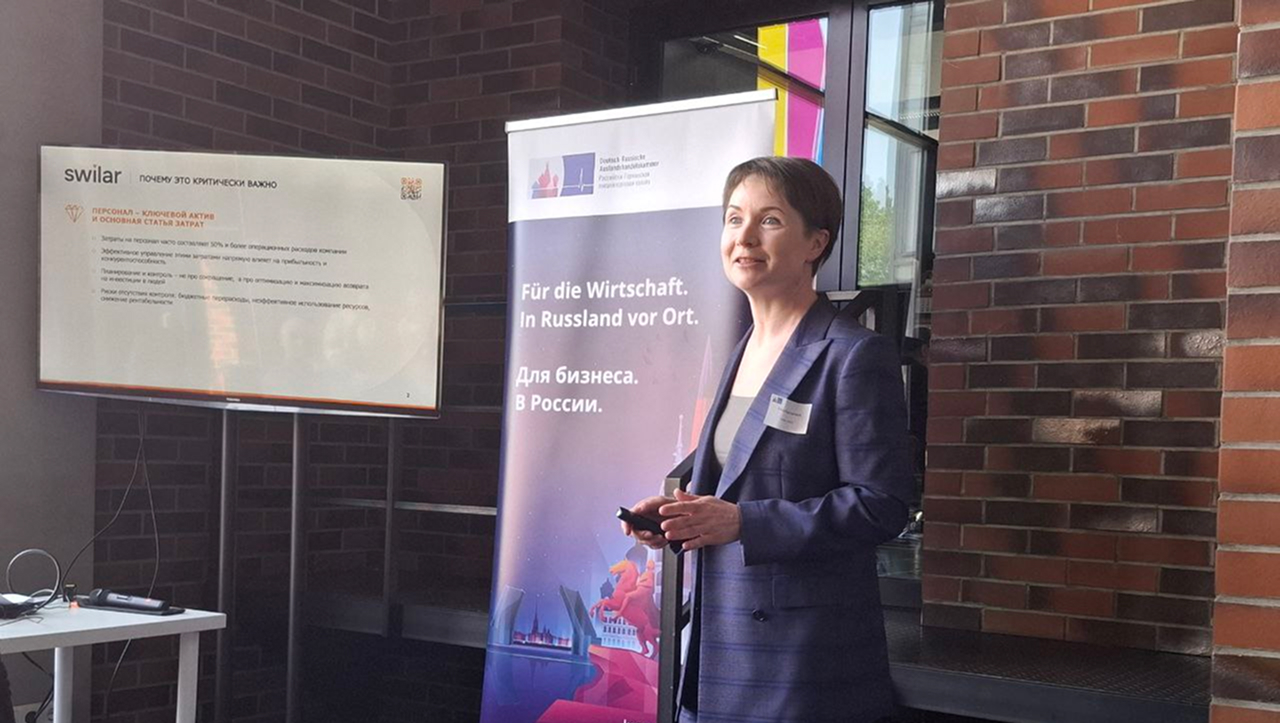ФСБУ 6/2020 «Основные средства» c 01.01.2022
C 1 января 2022 года обязателен к применению новый стандарт для учета основных средств (далее ОС) – ФСБУ 6/2020.
Соответствующие изменения были внесены Приказом МинФина N204н от 17 сентября 2020 г.
До перехода на новый стандарт рекомендуем выполнить следующие действия:
- Установить лимит стоимости основных средств для отнесения затрат по объекту к категории ОС, или к категории малоценного ОС;
- Провести инвентаризацию объектов ОС и прочих активов, которые в соответствии с ФСБУ 6/2020 могли бы быть отнесены к ОС с учетом нового лимита стоимости;
- Внести изменения в учетную политику Общества;
- Определить срок полезного использования ОС и сроки ежегодного тестирования СПИ на соответствие актуальности;
- Выбрать способ последующего учета ОС (после первоначального признания), по первоначальной или переоцененной стоимости;
- Определить ликвидационную стоимость (далее ЛС) объектов ОС, числящихся на балансе предприятия и сроки ежегодной оценки ЛС;
- Для способа оценки ОС по переоцененной стоимости установить периодичность переоценки основных средств для каждой группы переоцениваемых основных средств;
- Отразить изменения в балансе организации на 01.01.2022 с помощью входящих корректировок;
- Раскрыть информацию в бухгалтерской (финансовой) отчетности компании.
Что это значит на практике?
По новому стандарту организация вправе самостоятельно установить стоимостной лимит отнесения объекта к основному средству в отличие от ранее действовавшего обязательного лимита в 40 000 рублей.
С увеличением лимита (если к примеру организация решит установить его на уровне 100 000 рублей, чтобы приравнять к лимиту в налоговом учете) какие-то основные средства могут перестать соответствовать критериям учета ОС и нужно будет реклассифицировать их в малоценные ОС, списав остаточную стоимость на расходы периода (п.5 ФСБУ 6/2020), при этом необходимо будет вести инвентаризационный и забалансовый учет таких объектов.
Стандарт вводит понятие ликвидационной стоимости — суммы, которую организация получила бы в случае выбытия объекта (включая материальные ценности, оставшиеся после выбытия), за вычетом предполагаемых расходов на выбытие на момент выбытия. ЛС может быть равной нулю, если в конце СПИ не ожидается никаких поступлений от выбытия объекта, в случае если поступления ожидаются, но они не существенны или если нельзя определить, какая сумма будет получена при выбытии ОС (пункт 31 ФСБУ 6/2020).
Ликвидационная стоимость объектов ОС должна систематически (минимум, на конец каждого года) анализироваться на предмет ее изменения и в случае необходимости корректироваться (пункт 37 ФСБУ 6/2020).
Также нововведение стандарта — начисление амортизации по основным средствам не приостанавливается (в том числе в случаях простоя или временного прекращения использования основных средств), за исключением случая, когда ликвидационная стоимость объекта основных средств становится равной или превышает его балансовую стоимость (далее БС).
Если впоследствии ликвидационная стоимость такого объекта основных средств становится меньше его балансовой стоимости, начисление амортизации по нему возобновляется (пункт 30 ФСБУ 6/2020).
Что нужно сделать?
Согласно пунктам 48-49 ФСБУ 6/2020 последствия изменения учетной политики, связанные с началом применения нового стандарта, следует отражать ретроспективно — так, как будто указанный стандарт применялся всегда.
Нужно провести пересчет и корректировку баланса в части ОС на 01.01.2022, если не было досрочного применения стандарта, а также определить БС — первоначальную стоимость за минусом накопленной амортизации. Причем первоначальная стоимость должна быть посчитана по прежним правилам, а накопленная амортизация — по нормам нового стандарта (п. 49).
Перспективное применение стандарта, без входящих корректировок на начало года возможно только для организаций, которая вправе применять упрощенные способы ведения бухгалтерского учета, включая упрощенную бухгалтерскую (финансовую) отчетность (пункт 51 ФСБУ 6/2020).
Ваши контактные лица по этой теме:
Евгения Чернова
Ольга Киреева
Наталья Сафиулина
Другие новости

26.05.2025

